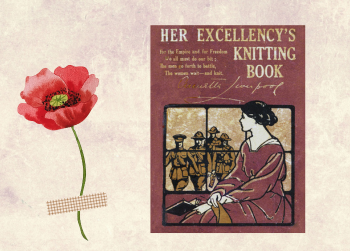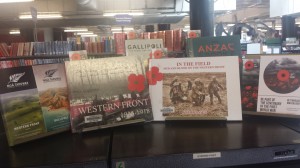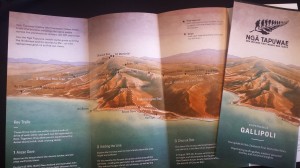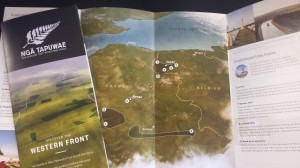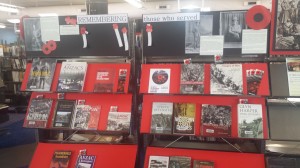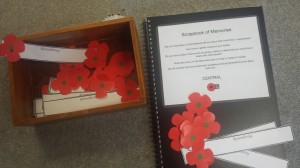“For the Empire and for Freedom we must all do our bit.
The men go forth to Battle, the women wait – and knit.”
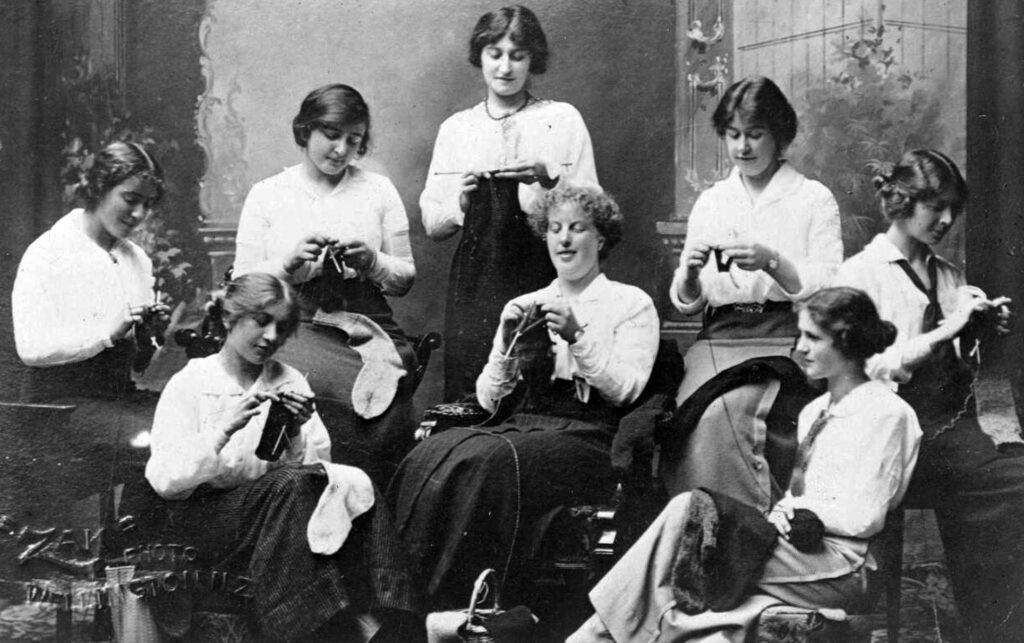
Digitised for the first time, to mark Anzac Day, is Her Excellency’s Knitting Book from 1915. The publication came about through the efforts of Annette Foljambe, the wife of New Zealand’s last Governor (and first Governor General), Arthur Foljambe, the Earl of Liverpool. Until the role began to be filled by New Zealanders in the 1960s, Governors General were generally minor British aristocrats, often with a military background. Governors and their wives (the first female Governor General was not appointed until 1990) were feted as celebrities during their time living in NZ but were often aloof from the general population. The Earl and Countess of Liverpool on the other hand, made a special effort to ‘connect’ with New Zealanders, in part because their term covered the entire period of the First World War.
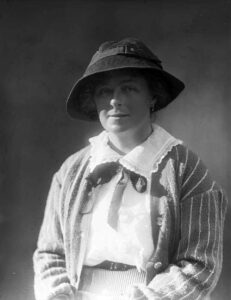
Unusually for someone of her background (she was herself the daughter of a Viscount), the Countess of Liverpool was an experienced knitter. She came to believe that a mass knitting effort by the women of New Zealand would not only provide socks and clothing for soldiers fighting overseas, it would also be helpful to ‘calm the nerves’ of women missing their loved ones and draw them together in social ‘knitting circles’ where their worries and concerns could be shared. A network of organisers across the country sought out knitting patterns from contributors with each submission being thoroughly “tested” (i.e. knitted) before being accepted. The book opens with the Countess’ own sock and mitten patterns followed by a selection of military-related items such as balaclavas, naval jerseys and shooting gloves (allowing the index finger to be free to fire a rifle). Also included were women’s coats, bed jackets and a wide variety of children’s garments.


